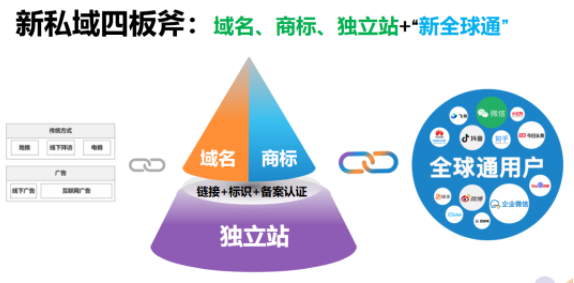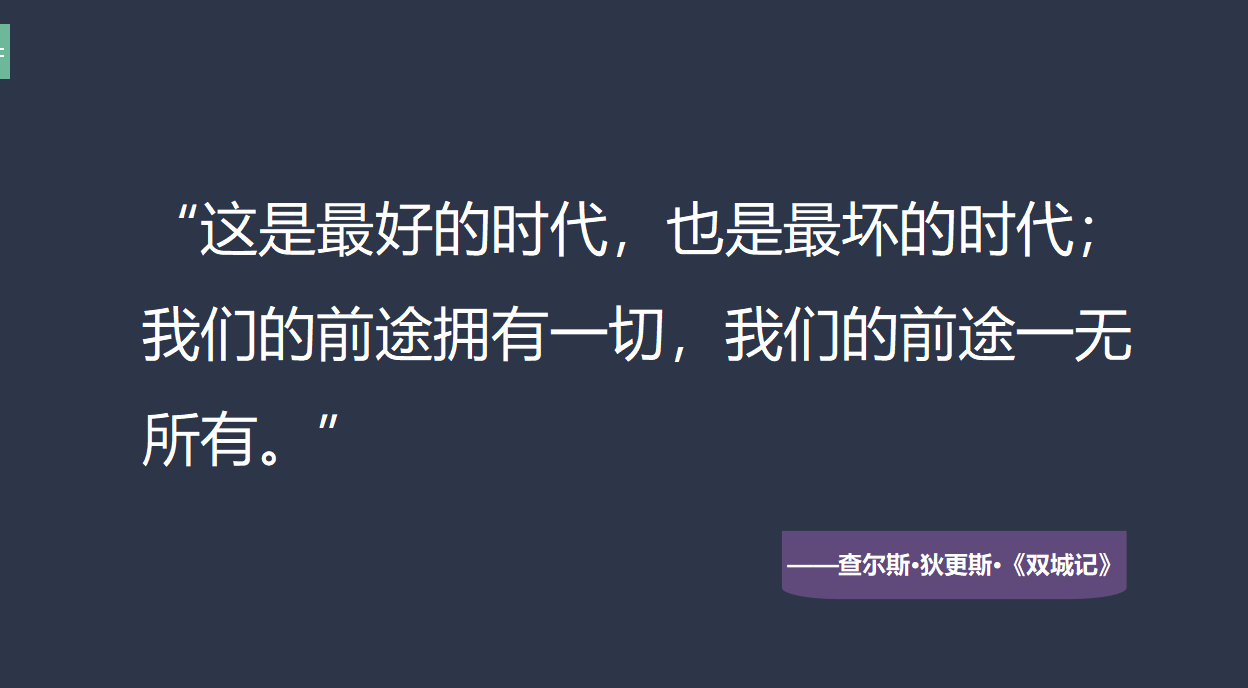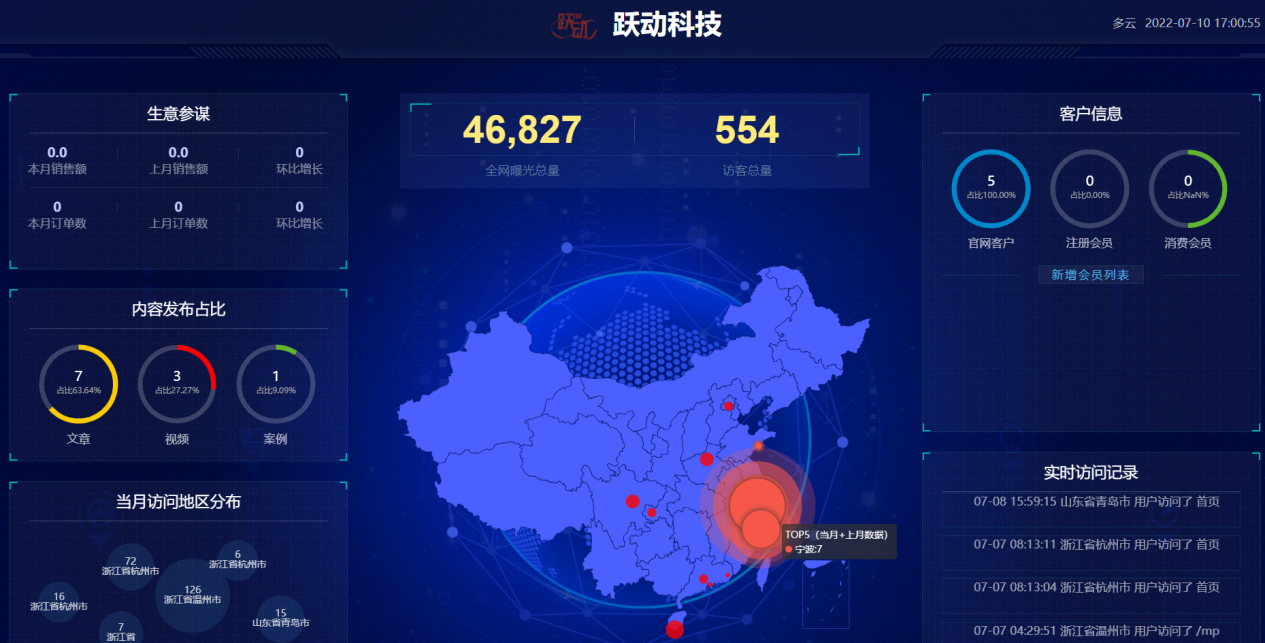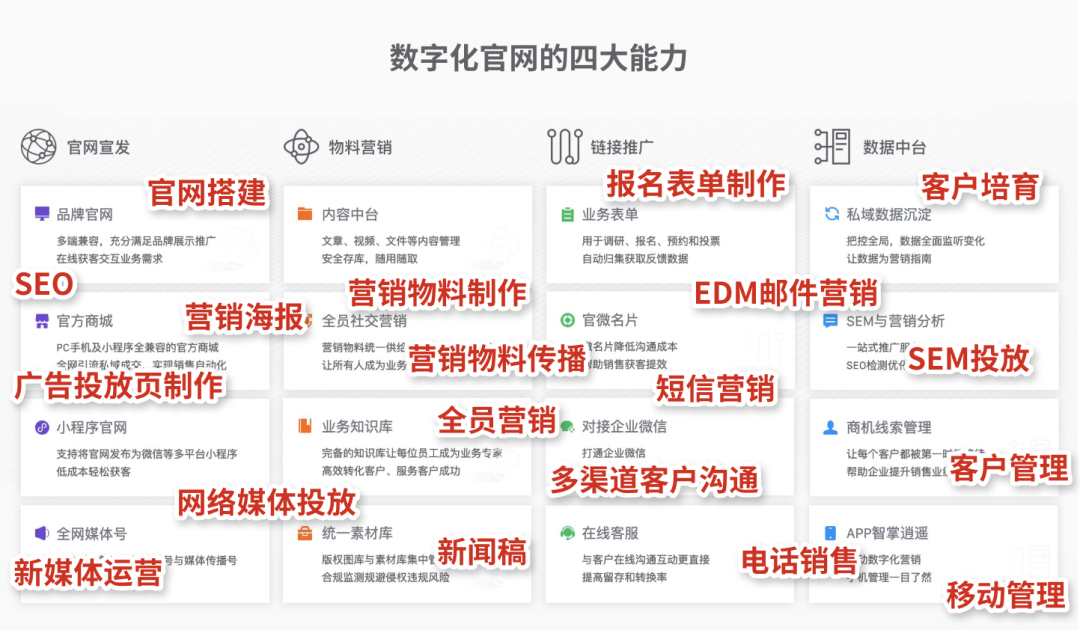散景速查表
介绍
Bokeh 是一个新推出的 Python 库,与 D3.js 类似,用于针对 Web 浏览器的交互式数据可视化。Bokeh 与其他 Python 可视化库(如 Matplotlib 或 Seaborn)的区别在于,它能够精确而优雅地构建多功能图形,在大型和流数据集中具有高交互性和高性能。Bokeh 还可用于将可视化嵌入到 Django 和 Flask 中。
在这份备忘单中,我们将学习在 Bokeh 的高级模块bokeh.plotting的帮助下创建图表的基础知识。
使用 Bokeh.plotting 创建绘图的步骤
以下是创建情节的步骤。我们稍后将详细讨论每个步骤。
导入库及其 API
准备数据
指定文件的保存方式和位置
通过可视化定制创建新图表并添加数据渲染器
显示或保存结果
以下是 Bokeh 中的一个简单示例:
# Step1 = importing the library
from bokeh.plotting import figure, output_file, show
# Step2= preparing the data
x = [1,5,3,4]
y = [1,2,3,5]
# Step3 = Specify name and location
output_file('index.html')
# Step4 = create a new
p = figure(plot_height=250, plot_width=300)
# adding a legend and line renderer with width
p.line(x,y, color = 'Red')
# Step 5 = show result
show(p)
导入库
我们正在研究如何使用bokeh.plotting ( bokeh 库的高级模块)进行绘图。bokeh.plotting主要以figure()类为中心,因此我们将研究如何导入该模块。
from bokeh.plotting import figure
如果我们想使用Columndatasource ,则导入 API :
from bokeh.models import ColumnDataSource
导入 bokeh.io ,如果我们想指定如何以及在何处保存文件:
from bokeh.io import output_notebook, show
我们还可以同时导入图形和output_notebook。
from bokeh.plotting import figure, output_file, show
对于gridplot,我们必须从bokeh.layouts导入gridplot函数。
from bokeh.layouts import gridplot
数据准备
- 在 Bokeh 中,我们可以直接提供数据,如本例所示:
from bokeh.plotting import figure
x_values = [4, 2, 7, 4, 8]
y_values = [4, 5, 2, 6, 9]
p = figure()
p.circle(x=x_values, y=y_values)
我们直接传递的数据或者通过Pandas传递的数据都会被转换成columndatasource,但是我们也可以直接传递它。
from bokeh.plotting import figure
from bokeh.models import ColumnDataSource
# passing data in columndatasource
data = {'x_values': [4, 2, 7, 4, 8],
'y_values': [2, 6, 9, 3, 6]}
source = ColumnDataSource(data=data)
p = figure()
p.circle(x = 'x_values', y = 'y_values', source = source)
指定位置
我们可以使用bokeh.io API 来命名或保存我们的输出文件。建议在添加图并将其渲染到图之前指定或命名文件。
输出文件()
调用 output_file()来命名文件或在调用show()和save()函数时生成默认输出状态。
# importing the output_file() function
from bokeh.io import output_file
output_file("name.html")
导出png()
export_png()用于将文件导出为 .png 文件类型。此函数用法类似于save()和show函数。
# importing the export_png() function
from bokeh.io import export_png
# exporting the resulted file as png
export_png(plot, filename = "plot.png")
导出_svgs()
export_svgs() is used to export the file as .svg file type. This function usage is also similar to save() and show functions .
# importing the export_svgs() function
from bokeh.io import export_svgs
plot.output_backend = "svg"
# exporting the resulted file as svgs
export_svgs(plot, filename = "plot.svg")
push_notebook()
By passing the push_notebook() function, we can make Bokeh show the results of show() calls on the Jupyter output cell since the last call of push_notebook() .
from bokeh.plotting import figure
from bokeh.io import output_notebook, push_notebook, show
output_notebook()
plot = figure(plot_height= 250, plot_width = 300)
plot.circle([1,2,3], [4,6,5], size = 10, color ='red')
handle = show(plot, notebook_handle=True)
# Update the plot title in the earlier cell
plot.title.text = "Test Title"
push_notebook(handle = handle)
In this screenshot, you can see the plot shown in the output cell of the Jupyter Notebook.
Creating Plots and Adding Renders
First, we have to create a new figure for plotting using figure() class. figure() objects have many glyph methods that can be used to draw different types of plots :
- annulus()
- annular_wedge(), wedge()
- rect(), quad()
- image(), image_rgba(), image_url()
- patch().patches()
- line(), multi_line()
- circle(), oval()
- ellipse(), arc()
- quadratic(), bezier()
Simple Line Glyph
from bokeh.plotting import figure, output_file, show
#plot creation and adding renders
p = figure(plot_width = 250, plot_height = 300)
p.line([1,2,3], [2,3,4], line_width = 4)
show(p)
Multi-line Glyph
from bokeh.plotting import figure, output_file, show
x = [1,2,3,4]
y = [4,6,7,8]
x1 = [5,7,8,9]
y1 = [7,8,3,2]
# crearing a plot
p = figure()
# adding renders to the plot
p.multi_line([x, y], [x1, y1], color=["Red", "navy"], alpha=[0.8, 0.3], line_width=4)
show(p)
Circle Glyph
from bokeh.plotting import figure, output_file, show
# plot creation and adding renders
plot = figure(plot_width=300, plot_height=300)
plot.circle(x=[1, 2, 3], y=[1, 2, 3], size=20)
show(plot)
Gridplot Layout
import numpy as np
from bokeh.plotting import figure, output_file, show
# importing gridplot function
from bokeh.layouts import gridplot
# prepare some data using numpy
x = np.linspace(0, 15, 80)
y = np.cos(x)
y1 = np.sin(x)
y2 = np.sin(x) + np.cos(x)
# outputfile
output_file("grid.html")
# Create a new plot
a1 = figure(width=250, plot_height=250, title=None)
a1.circle(x, y, size=10, color="yellow", alpha=0.5)
# New plot with same range
a2 = figure(width=250, height=250, x_range=a1.x_range, y_range=a1.y_range, title=None)
a2.triangle(x, y1, size=10, color="Grey", alpha=0.5)
# New plot with x axis same range
a3 = figure(width=250, height=250, x_range=a1.x_range, title=None)
a3.square(x, y2, size=10, color="green", alpha=0.5)
# NEW: put the subplots in a gridplot
p = gridplot([[a1, a2, a3]], toolbar_location=None)
#show result
show(p)
Wedge Layout
from bokeh.plotting import figure, output_file, show
# Adjusting the plot width and height
plot = figure(plot_width=250, plot_height=300)
# Rendering the glyph
plot.wedge(x = [4, 5, 6], y = [2, 3, 4],
radius = 17, start_angle=0.8, end_angle=3.1,
radius_units="screen", color="green")
show(plot)
Scatter Plot
There is also a scatter function that can be parameterized by marker type .
# Import Bokeh Libraries
from bokeh.plotting import figure, output_file, show
# x-y coordinate data
x = [1.5, 2.5, 1]
y = [1, 1.8, 2.5]
#Specify fie name
output_file('scatter.html', title='Circle Glyphs')
#plot creation
p = figure(
title='simple scatter plot',
plot_height=250, plot_width=300
)
#using scatter function
p.scatter(x,y, marker="square",size = 16, fill_color="red")
show(p)
免责声明:本内容来源于第三方作者授权、网友推荐或互联网整理,旨在为广大用户提供学习与参考之用。所有文本和图片版权归原创网站或作者本人所有,其观点并不代表本站立场。如有任何版权侵犯或转载不当之情况,请与我们取得联系,我们将尽快进行相关处理与修改。感谢您的理解与支持!









































请先 登录后发表评论 ~